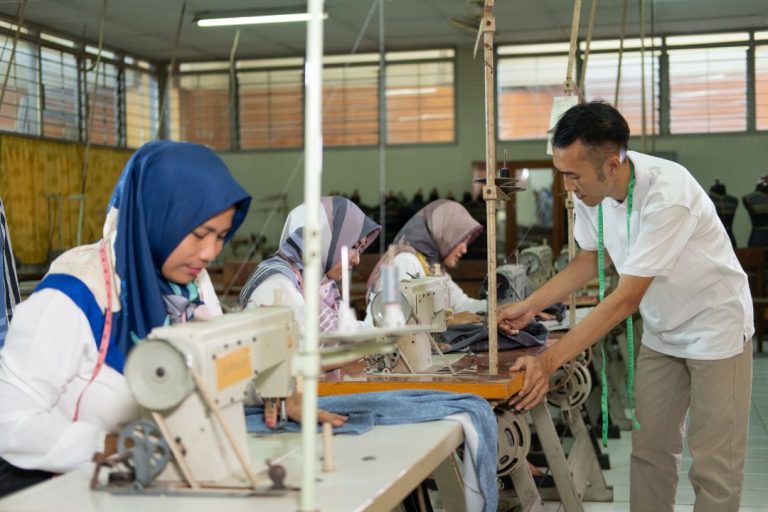The Impact of Absenteeism in the Apparel Industry
By Chamara Dissanayake | Apparel Industry
Based on industry research and reports, absenteeism rates in manufacturing sectors can vary widely, ranging from around 2% to 5% on average. In labour intensive industries such as the apparel manufacturing industry, absenteeism rates are somewhat higher than the average for manufacturing which can lead to a significant impact on their overall productivity.
In apparel manufacturing, when an employee is absent from work, it can have a ripple effect throughout the entire production process, including the work-study planning and execution. In this article, we will examine the impact of absenteeism in the Apparel Industry.
- Finding a replacement for the right skills
- Chaos in current production
- Disruptions in work-study planning
- Increased workload for other employees
- Restrict overall output
- Disrupt the learning curve
- Lower customer satisfaction

1. Finding a replacement for the right skills
Absenteeism can create challenges in finding a replacement with the right skills for a specific operation. This can lead to a delay in production and potentially impact the quality of the final product.
2. Chaos in current production.
Excessive absenteeism can create chaos in the current production process, causing a slowdown in production and potentially leading to missed deadlines. For example, if a team member carrying out a critical operation is absent, it may be difficult to find a replacement quickly, and this can potentially result in a buildup of pending work that requires completion
3. Disruptions in work-study planning.
Absenteeism can disrupt work-study planning, leading to changes in production schedules since there is a need to reassign tasks to other employees. This can have a significant impact on the overall efficiency of the production process.
4. Increased workload for other employees.
When an employee is absent, the workload can be redistributed among other employees, leading to increased stress and burnout. This has the potential to negatively influence the overall output and effectiveness of the line.
5. Restrict overall output
Absenteeism can have a negative impact on the overall output of any line. This can lead to a slowdown in production and reduced overall output. Given the scenario that the operator carries out a critical operation, the impact will be exponentially higher.
6. Disrupt the learning curve
Absenteeism can have a detrimental impact on the learning curve in apparel manufacturing by hindering skill development, disrupting workflow continuity, impeding knowledge transfer, and affecting team dynamics.
7. Lower customer satisfaction
The impact of absenteeism can ultimately affect the delivery time of the order. This can lead to higher expenses in delivery and lead to lower customer satisfaction which can affect overall business performance.

In conclusion, absenteeism can have a significant impact on the apparel production industry, including the work-study planning and execution process. To minimize its effects, it is important for organizations to have proper IT solutions in place that provide real-time data and insights, allowing them to better manage and respond to absences.
Here is your chance to step into the future with AI-powered line balancing!
Drive efficiency on your production floor with KingslakeBlue Line Balancing, we offer you much more than just line balancing! Digitalize the line-balancing process with AI-driven functions and help your IE teams gain maximized productivity.
Remove bottlenecks, identify excess capacity and provide replacement suggestions for absent operators in a matter of minutes. Make decisions based on skill matrices, data-driven insights and more visibility to your reporting.
For more information on KingslakeBlue Line balancing solution, please contact Nilantha Kodithuwakku : +94 773794265
